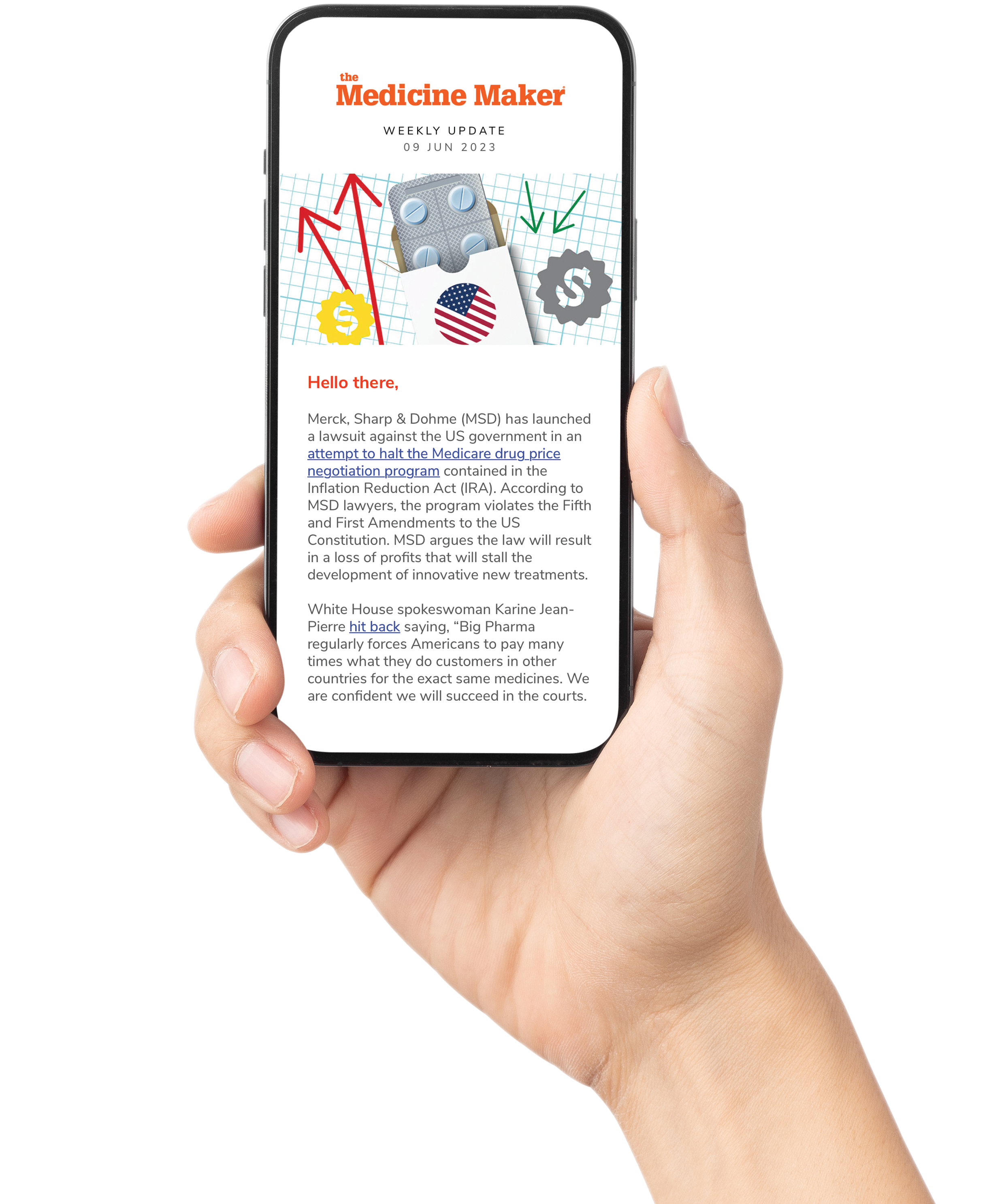
Manually researching peer-reviewed scientific literature takes up a substantial amount of time – time that could be better spent working on innovation. Sophisticated GenAI-powered search tools offer a new route to faster insights, so it’s no surprise that many R&D organizations are investing in this area. But R&D budgets are finite, and new AI tools are constantly emerging. To ensure tangible results from their AI investments, here are five questions every R&D leader must ask.
1. Can the tool understand the logic and context behind a query?
In scientific enquiry, the logic and context behind a query are critical. If they are to surface relevant results, AI research tools must be able to understand both. For example, a researcher may search for “Alzheimer’s disease,” but the literature may instead refer to “late-onset dementia,” “sporadic AD,” or use abbreviations such as “MCI” (mild cognitive impairment) or “tauopathy.”
A tool that interprets natural language can recognize these variations across papers and return accurate results, regardless of which terminology individual researchers employ.
2. Can researchers interrogate the findings by “chatting” with documents and papers?
A successful AI-supported research tool will search full texts – not just abstracts. This ensures results from a query come from within the most relevant papers. By combining these full texts with GenAI’s text generation and summarization capabilities, researchers can “chat” back and forth with their research tool. Combined with “suggested questions,” scientists can ask follow-up enquiries in a conversational way to interrogate findings from full papers for deeper and more insightful exploration to turn a research tool from a simple search engine into a research assistant.
3. What content is the AI tool built on and is it verified?
Many GenAI tools predict responses based on web data. For scientific search, this is not sufficient. GenAI tools for science should be connected to high-quality, trusted sources. RAG (retrieval-augmented generation) architectures make it possible to point large language models (LLMs) at verified, peer-reviewed content without needing to train models directly on that content. This approach preserves the integrity of the source material and avoids risks associated with hallucinations or misinformation. Verified and accurate content also ensures greater trust in results.
Research has found that 71 percent of researchers expect GenAI-dependent tools’ results to be based on high-quality trusted sources only. When the underlying content is not verified, 95 percent of researchers believe AI will be used for misinformation.
4. Are results produced fully referenceable and traceable?
It is crucial that any GenAI tool used in scientific R&D is not a “black box.” To ensure outputs are trustworthy, users must be able to see under the hood to understand how the model that sits behind a GenAI platform has arrived at its conclusions. Any papers summarized in the results of a search must be fully referenced so that researchers can access the original paper. Ranking decisions should be transparent. Without these features the risk of misinformation or hallucinated results is considerable, as many publicly available GenAI platforms have demonstrated.
5. Does the tool allow users to easily compare and analyze experiments?
Comparing and synthesizing experiments in literature is a key element of the R&D workflow, but manually comparing experiments is a major time investment. GenAI research tools built on full-text sources should be able to extract and synthesize experiment methods, goals, and conclusions into a single view within seconds. This immediately gives scientists a wider view of the available evidence in their discipline: enabling rapid comparison so researchers can quickly understand previous hypotheses to ensure their own research is novel, gain valuable insights into new routes, and increase knowledge of how previous research intersects with their own.
When researchers explore strategic, IP-sensitive ideas, data security becomes paramount. It’s essential to select GenAI platforms with clear safeguards around data privacy, user confidentiality, and IP protection. Providers with a strong track record in working with enterprise R&D and regulatory environments are best placed to earn the trust required for scientific innovation.
The right tools
Successfully integrating AI into R&D processes requires the right balance of technology, data, and domain expertise. Using GenAI effectively can bring the same benefits as having access to an entire department of research assistants – allowing researchers to interrogate and validate hypotheses safely and transform complexity into clarity.
But to cement this process improvement, AI-supported research solutions must be domain specific. This means equipping researchers with AI tools built by scientists for science that are trained on verified data. Off-the-shelf, publicly available GenAI tools do not meet these criteria. To effectively accelerate knowledge discovery and maximize output from their R&D budgets, organizations must equip their researchers with the highest quality AI tools available for their research area.




